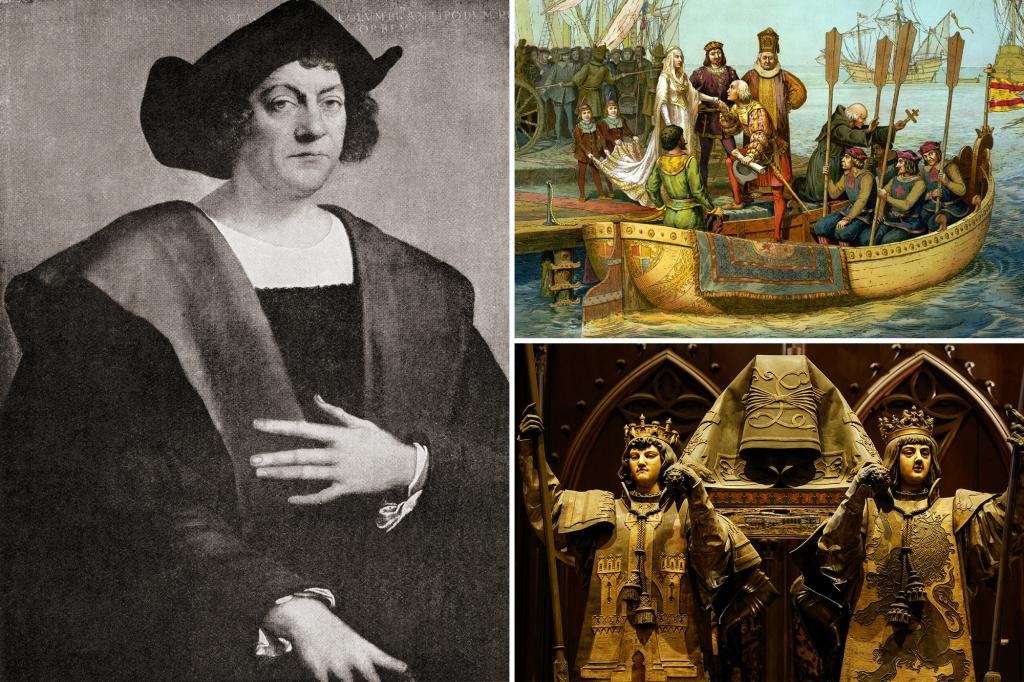MADRID – Spanish scientists announced Saturday that 15th-century explorer Christopher Columbus was a Sephardic Jew from Western Europe, using DNA analysis to solve a centuries-old mystery.
Since the 1490s, several countries have debated the origins and final resting place of the divisive figure who led Spanish-funded expeditions that paved the way for European conquest of the Americas.
Many historians have questioned the traditional theory that Columbus was from Genoa, Italy. Other theories range from Spanish Jews and Greeks to Basques, Portuguese, and British.
New research suggests that Christopher Columbus was a Sephardic Jew. Universal Images Group (Getty Images)
To solve this mystery, researchers conducted a 22-year investigation led by forensic expert Miguel Lorente, testing a small sample of remains buried in Seville Cathedral. Seville Cathedral had long been marked by authorities as Columbus’ final resting place, but there were competing claims.
They compared them with those of known relatives and descendants, and the results were presented in a documentary titled “Columbus’ DNA: The True Origin” on Spain’s national broadcaster TVE on Saturday.
“We have DNA from Christopher Columbus, very partial but enough. We have DNA from his son, Hernando Colon,” Lorente said on the show. Ta.
“And there are traits in both Hernando’s Y chromosome (male) and mitochondrial DNA (passed down from his mother) that are compatible with Jewish origins.”
Approximately 300,000 Jews lived in Spain until the Catholic monarchs Isabella and Ferdinand, the Reyes Católicos, ordered Jews and Muslims to convert to Catholicism or be deported. Many people have settled all over the world. The word Sephardic comes from the Hebrew word sephard, meaning Spain.
Lorente said after analyzing 25 possible locations, he can only say that Columbus was born in Western Europe.
first voyage. In 1492, Christopher Columbus bids farewell to the Queen of Spain as she departs for the New World. Universal Images Group via Getty Images View of the Mausoleum of Christopher Columbus in the Cathedral of Seville, Spain, October 11, 2024. Reuters
On Thursday, Lorente said he confirmed an earlier theory that the remains in Seville Cathedral were those of Columbus.
The study of Columbus’ nationality has been complicated by many factors, including the large amount of data. But “the results are almost absolutely reliable,” Lorente said.
Columbus died in Valladolid, Spain in 1506, but requested to be buried on the island of Hispaniola, which is now shared by the Dominican Republic and Haiti. His remains were taken there in 1542, then moved to Cuba in 1795, and then to Seville in 1898, although it was long considered in Spain.

